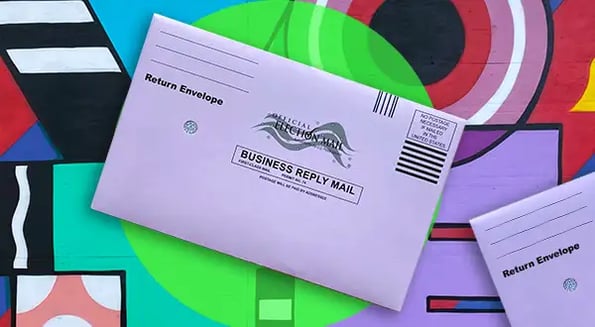Over the previous 4 election cycles (2004, 2008, 2012, 2016), the majority of ballots have been counted by scanning technology and direct-recording electronics (DRE) according to research from MIT.

The 4 cycles preceding these ones (1988, 1992, 1996, 2000) were heavily weighted towards punch cards.
Of course, we all know what catalyzed this change.
The Great Sh*tshow Florida Recount of 2000
The heavily contested presidential election between George W. Bush and Al Gore introduced America to various terms related to punch card malfunctions:
- “Hanging door chad” = 1+ corners of a punched hole hanging on
- “Pregnant chad” = all corners attached, but indentations show
In the aftermath of that election, Congress passed the Help America Vote Act, which banned punch cards and lever machines in federal elections.
Current voting tech dates back to the 1960s
According to computer scientist and voting machine expert Douglas Jones, the authors of that hanging chad bill expected DRE to become the new norm.
But the machines — which allow you to select candidates via touchscreen — have one big flaw: they’re hard to audit.
Like pulling a lever, you can’t be 100% sure if the machine is properly recording selections “short of taking it apart and actually being able to inspect the mechanism,” Jones says.
Scanning leaves a paper trail
The vast majority of votes in the US today are recorded on paper ballots that are filled in by hand, then scanned — a la standardized tests — making them easier to audit.
Even so, the entire voting process leaves a lot to be desired. Journalist Glen Greenwald notes that in 2018, Brazil was able to count over 100m votes by 6pm on the day of its presidential election.
America is a long way from hanging chads — but the country clearly still got some work to do.
Source: ABC











